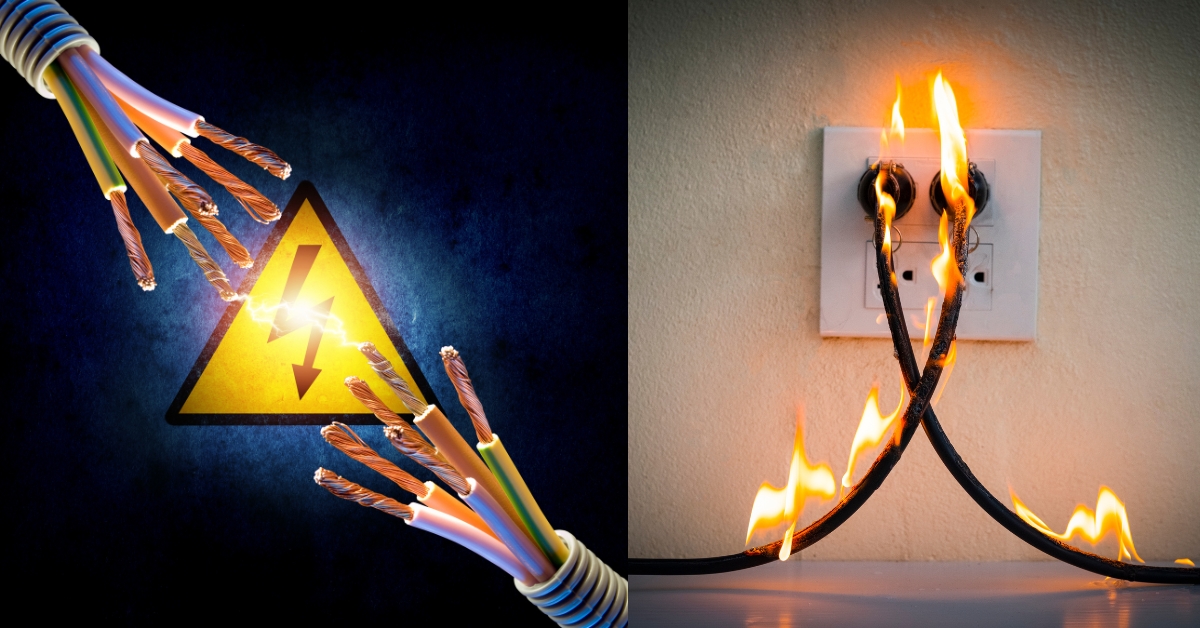
The Role of Electrical Subsystems in Urban Transformation
Smart cities are defined by their ability to process vast volumes of information, control devices remotely, and optimize resources in real time. While high-power systems handle the bulk of energy needs, it is the subtle, low-intensity electrical subsystems that govern communication, control, and security.
From data transmission in public Wi-Fi zones to the operation of surveillance cameras, automated lighting, and building management systems—these subtle electrical networks provide the intelligence behind the operations. These low-current systems ensure real-time responses while keeping energy usage at a minimum, allowing cities to function intelligently and sustainably.
Invisible Infrastructure: The Foundation of Smart Connectivity
What makes these networks remarkable is not just their capability but their invisibility. Unlike traditional power systems, subtle electrical networks run quietly through data cables, control lines, and microcontrollers. They link every smart component of the city—from public transportation systems to energy grids and environmental sensors—making the city function as a unified digital ecosystem.
This infrastructure is embedded in walls, ceilings, and underground ducts, silently working to deliver safety, comfort, and automation. Systems like fire alarms, access control, CCTV, and communication frameworks are all powered by these low-intensity electrical signals that collectively enhance urban security and efficiency.
Energy Efficiency Through Intelligent Distribution
One of the most significant advantages of these systems is energy optimization. By transmitting low power and relying on data processing rather than energy-intensive mechanisms, these networks reduce the load on primary power systems. For instance, sensors that adjust lighting based on natural light availability or motion detection rely on these systems to function efficiently.
This helps in minimizing wastage, lowering operational costs, and improving energy ratings for buildings and public utilities. It also contributes to environmental sustainability—an essential goal for all modern infrastructure projects aiming for net-zero emissions.
Applications in Modern Urban Planning
The integration of subtle electrical networks can be seen in multiple layers of city infrastructure. In smart buildings, they control HVAC systems, lighting automation, fire detection, and security management. In public areas, they support emergency communication systems, traffic signals, smart poles, and more. Their ability to collect and transmit data makes them indispensable for city-wide monitoring and analytics.
Moreover, as cities incorporate IoT (Internet of Things) devices, the need for structured low-energy networks becomes even more critical. These systems ensure seamless integration and communication among thousands of sensors, devices, and control units across vast urban landscapes.
Reliable Implementation and Expert Solutions
Setting up these networks requires in-depth knowledge and precision. Companies like Manikaran Enterprises bring expertise in designing and installing complex electrical solutions that support smart city initiatives. As a trusted partner, they focus on deploying systems that meet both current and future needs of urban environments.
Recognized as a Top Electrical Solution Company in Rajasthan, Manikaran Enterprises delivers high-quality, scalable infrastructure for modern cities. Their work involves advanced planning, reliable installation, and end-to-end support to ensure the silent systems keep running without interruption.
The Future of Smart Cities Depends on Smart Networks
As cities continue to grow and become smarter, the reliance on efficient and subtle electrical networks will only intensify. These systems play a pivotal role in ensuring seamless operation, real-time data processing, and proactive city management.
Investing in the right electrical framework today paves the way for a smarter, more resilient tomorrow. With the integration of Low Current System In India, urban planners and infrastructure developers can ensure that their projects are future-ready and digitally connected.
Conclusion
Subtle electrical networks may not be visible or noisy, but they are undoubtedly powerful. They act as the nervous system of smart cities, processing signals and responses that improve safety, efficiency, and comfort. With expert partners like Manikaran Enterprises, the silent revolution in electrical systems is steadily powering the transformation of cities into intelligent urban ecosystems. The future is not just electric—it's intelligently connected and quietly controlled.